The humble orange finds its way into most fruit bowls at some stage during the year. We know it’s a powerhouse for immune boosting Vitamin C. But there’s so much more to citrus than many of us know. What better way to find out than with a farmer who grows 14 different varieties. And for a fruit that is usually purchased for its flesh, not its skin, why then is preventing blemishes such a big investment?
Michael Arnold from South Australia’s Pyap Produce wasn’t always a citrus guru. The family background is in dairy. “This block came up. It was rundown but it was fairly sizeable and it had a fair bit of water with some existing citrus plantings. Dad saw the opportunity, bit the bullet and had three young sons who were fit and ready to go,” Michael recalls. That was 20 years ago. The family currently grows 7 types of oranges, 5 varieties of mandarins and 2 lemon varieties.
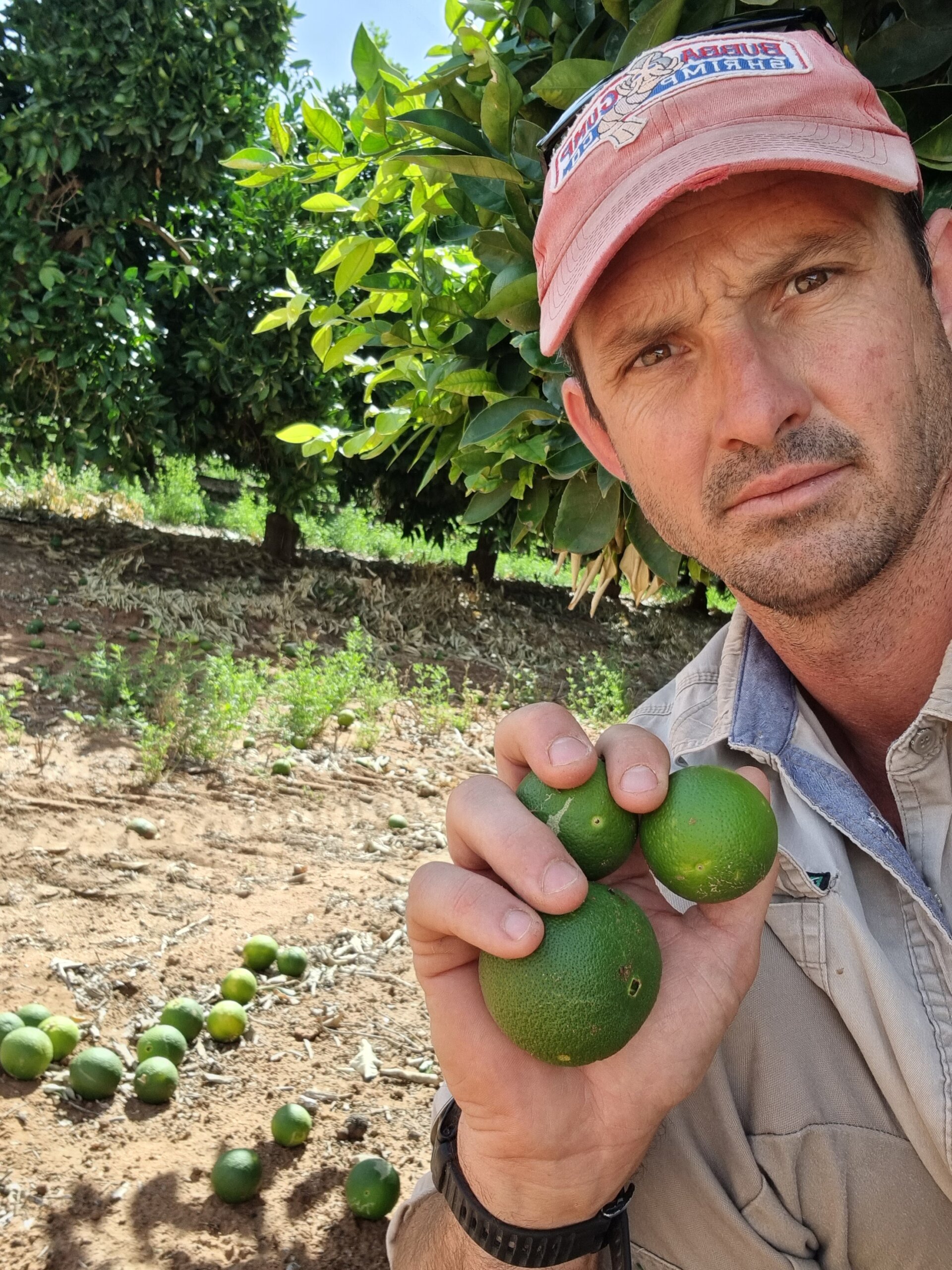
We do have a lot of balls up in the air.
Depth in the orchard affords the farm a longer growing season and diversification of income streams. It also offers some more boutique options to consumers. New varieties offer a range of colours from pink to deep red. “Compared to corporate growers, we’re not that big, so we need a point of difference. The climate near South Australia’s Loxton lends itself to beautiful citrus. “We need really cold nights and warm days. That fluctuation helps them stress and that’s why it turns the ruby gene on. We seem to have a good spot here in the Riverland for those blood oranges.”
It’s an advantage. It’s a niche. We can do it better than nearly anyone in Australia.
Pyap Produce is producing about 3000 tonnes of fruit a year. As well as Vitamin C, they are rich in other antioxidants like Lycopene and flavonoids. “It’s a real selling point. People are starting to realise that food is medicine, as much as pharmaceuticals,” says Michael.
Most of those nutrients are consumed by eating citrus flesh. On occasion, consumers may use some rind in cooking but it’s not the primary reason for purchasing citrus. Interestingly, the Arnold family has invested heavily in measure to protect their fruit from blemishes. “That’s what pays the bills. Our fruit might normally be worth $1.50 per kilo. With a blemish, maybe 30 or 40 cents.” To get around that, the business has invested in 6-metre-high nets to cover the orchard, protecting it from hail damage and occasional pests. They were among the first citrus growers in South Australia to make the investment.
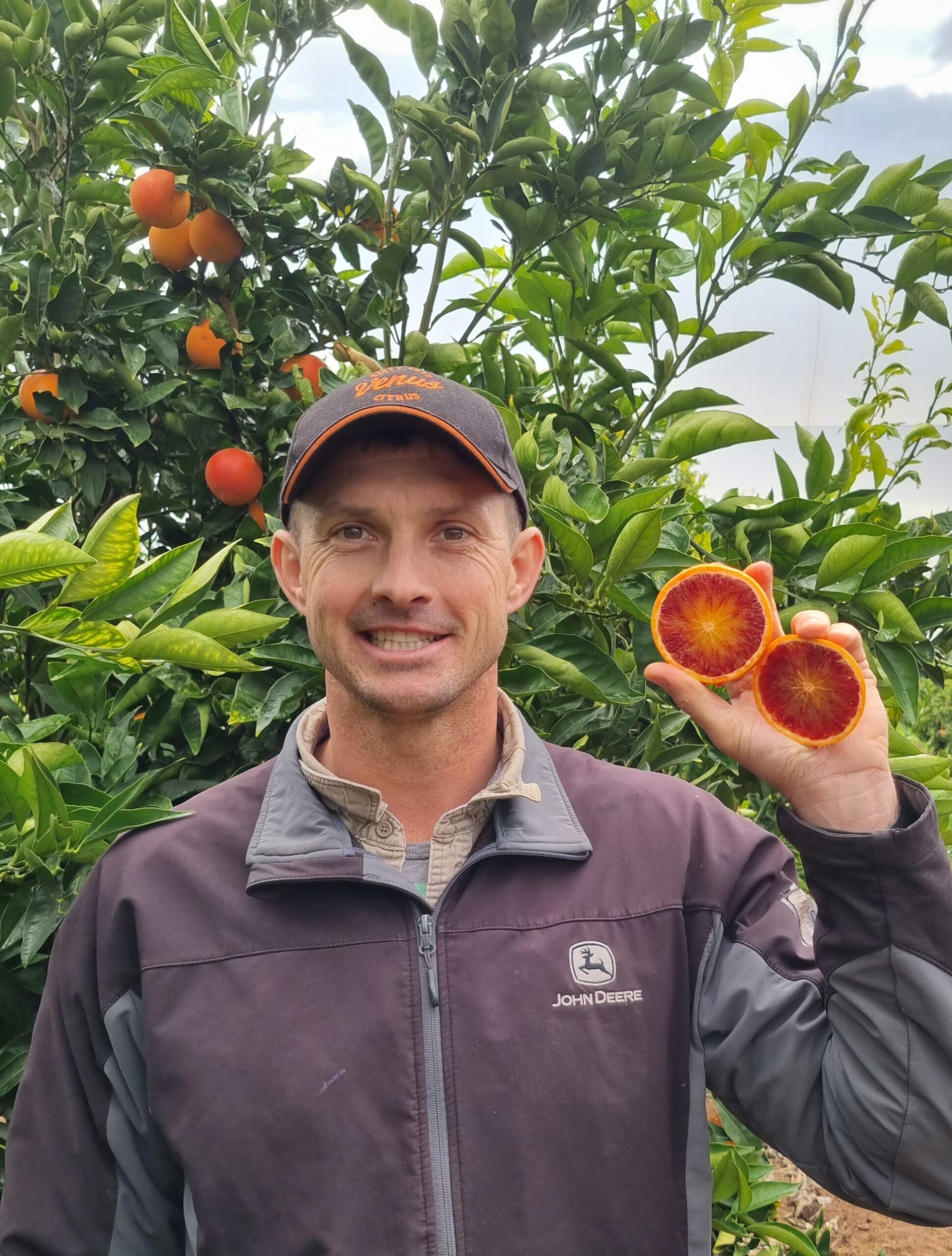
We’re just blown away with how clean the fruit looks.
In addition to the aesthetics, Michael has noticed higher yields and bigger fruit, believed to be because the trees are hugging under the canopy. “It does bump the profits up a lot,” he explains. The truth though is a blemished piece of citrus has no bearing whatsoever on the quality or taste of the flesh.
People buy with their eye. First appearances last.
Citrus is also hand-picked and it’s quite an artform. Oranges have to be twisted gently enough to keep the calyx intact, while mandarins are cut with clippers. “Super time consuming. So, again if the fruit is small, you need to pick twice as many. It just slows things down.”
Pyap Produce are conventional growers – not organic or biodynamic. But Michael believes consumers overestimate how much pesticides and weedicides are used. “We watch what the good bugs and bad bugs are doing and only spray if we need to, if it’s out of control. If we did have to use a control, it is so specialised and targeted with the softest agent possible.”
They do residue testing on the fruit so if you did have to use some sort of agent, it would be tested to make sure it’s not present at harvest.
So, what’s the best way to enjoy an orange? Michael, says you can’t go past picking it fresh, peeling it, and eating it on the spot. But for those up for something different, he says some customers swear by eating them in the shower, so the steam unlocks the citrus oils. He’s also partial to peeling one and throwing it in the blender with a scoop of protein powder for a quick meal.
Hear more stories like this by subscribing to the Telling Our Story podcast on iTunes (or wherever you listen to podcasts) and follow podcast host Angie Asimus on Instagram for more updates.


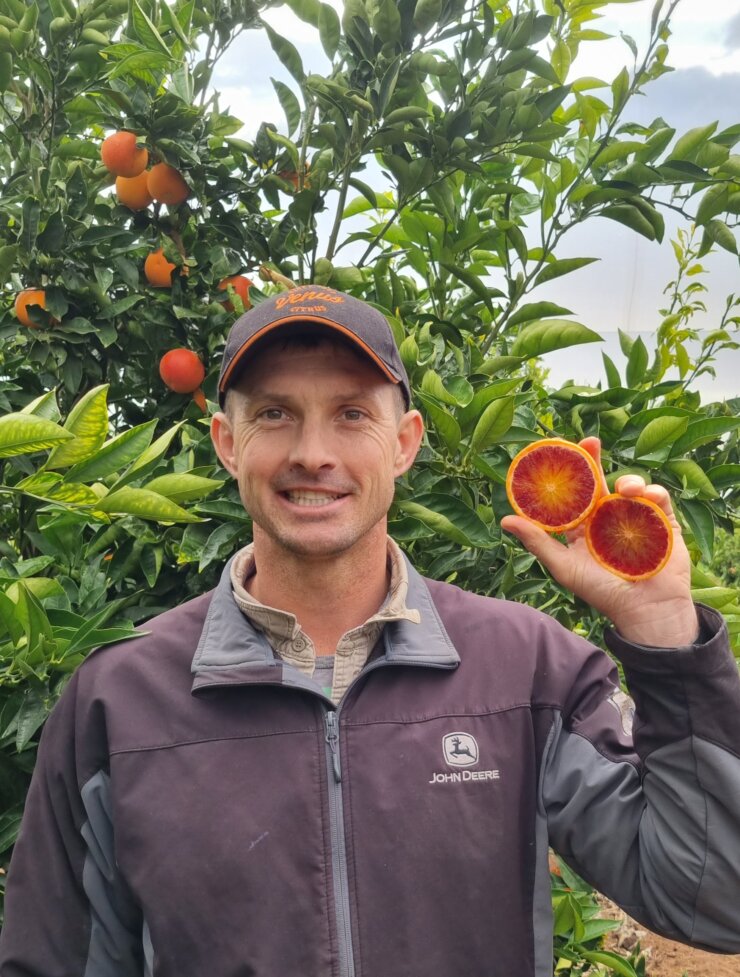
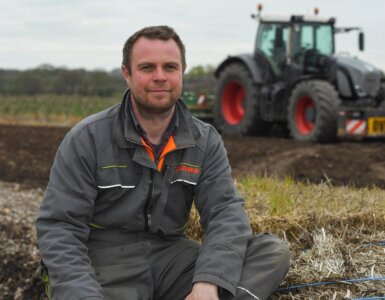
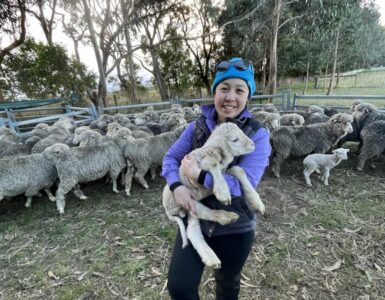
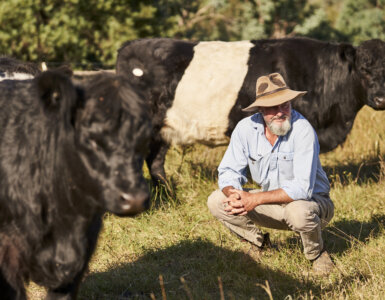






























Add comment